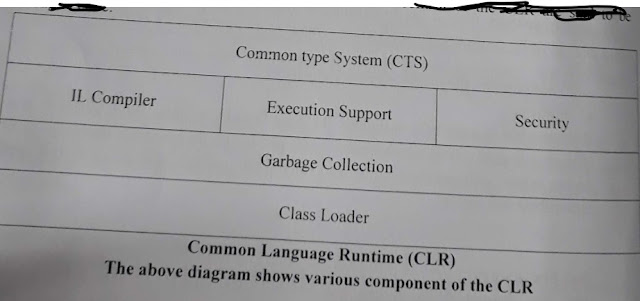Difference between METHOD OVERRIDING and METHOD HIDING.
METHOD OVERRIDING In method overriding, you need to define the method of a parent class as a virtual method using virtual keyword and the method of child class as an overridden method using override keyword. It only redefines the implementation of the method. Here overriding is an object type. If you do not use the override keyword, then the compiler will not override the method. Instead of the overriding compiler will hide the method. In method overriding, when the base class reference variable pointing to the object of the derived class, then it will call the overridden method in the derived class. METHOD HIDING In method hiding, you just simply create a method in a parent class, and in the child class, you need to define that method using a new keyword. In method hiding, you can completely redefine the method. Here hiding is a reference type. If you do not use the new keyword, then the compiler will automatically hide the method of the base class. In the method hiding, when the...


